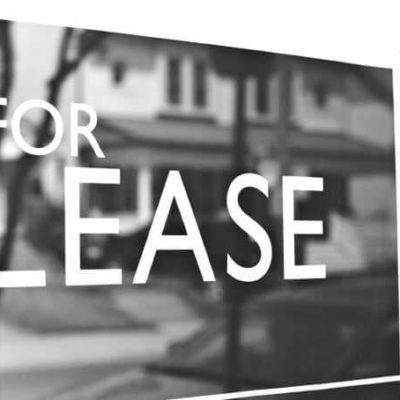
Understanding Retail Leases in NSW
A retail lease is a contract between a landlord, who usually owns the property, and a tenant, who has the right to occupy the property and sell goods or provide retail services. The term ‘retail’ implies a sale to the public and excludes wholesale transactions. This article covers the important aspects of a Retail Lease that landlords and tenants should be aware of.
Types of retail leases
In New South Wales, retail leases are governed by the Retail Leases Act 1994 (NSW) (‘the Act’). Subject to certain special exclusions, the Act applies to two essential types of retail leases.
The first type is when a tenant rents a premises to run a business prescribed the Act and its regulations. You can check Schedule 1 of the Act to confirm whether your business is covered. Examples include books and toy shops, barbers and art galleries.
The second type is when a tenant rents a premises in a retail shopping centre (for whatever business unless excluded by the Act).
Documents that must be provided before signing a retail lease
Before any retail lease is signed, the landlord must share three documents with the tenant:
a completed lessor’s disclosure statement;
a draft copy of the Lease; and
a copy of the NSW Retail Tenancy Guide.
Lessor’s disclosure statement
The purpose of a lessor’s disclosure statement is to enhance transparency between the landlord (also known as a lessor) and the tenant (also known as a lessee), and reduce the risk of dispute in the future. Under the Act, the landlord is required to answer all questions in this document and pass it to the tenant at least seven days before the Lease begins. Inside, there are important information about the shop, the Lease, estimates of outgoings and the tenant’s financial obligations.
The Lease
Below are the key aspects that you should be familiar with:
‘Term’ is another word for length of the Lease with the start and end dates. The Act will only apply to your shop if the term is between 6 months and 25 years.
‘Rent’ is a key term in a Lease. When the Lease is signed, the tenant agrees to pay the rent for the full term of the Lease. If the tenant is late with rent, the landlord has the right to take possession of the shop and lock the tenant out.
‘Outgoing’s are expenses related to the shop that the tenant has agreed to pay on top of the rent. They include council rates, water rates, land tax and public liability insurance.
A ‘bond’ is a fixed amount of money given to the landlord at the beginning of the Lease. It is financial security for the landlord if the tenant fails to meet its lease obligation.
Costs for preparing a Lease
Under the Act, the landlord is responsible for the cost of drafting the lease and the mortgagee consent fee (if any). On the other hand, the tenant would need to pay their own legal costs for reviewing the lease and usually the costs of registering it. If the term of the Lease is 3 years or more, it must be registered at the NSW Land Registry.
Dispute resolution
If one side failed to meet its lease obligation such as failure to pay rent or failure to return the bond, the other side can try mediation or seek orders from the NSW Civil and Administrative Appeals Tribunal (NCAT).
Conclusion
Leases and lessor’s disclosure statements should be carefully reviewed before signing. Before you sign a lease, revisit your business plan and make sure it is realistic and covers all contingencies. You should also consult our experienced legal team before you sign the lease, which may save you a lot of time and money in the long-term.
Disclaimer: This publication is general information only and does not purport to provide legal advice. We do not accept responsibility for any losses for reliance upon this publication.
